This weekend, Ruth Bader Ginsburg passed away, leaving a vacancy on the Supreme Court and—despite her small stature—some really big shoes to fill. The media (social and otherwise) has been filled with messages about her: debates about how quickly her seat should be filled, comments celebrating her legacy or decrying her stances, and lots of images of her signature collars. I particularly appreciated a post by Molly Conway on Facebook, explaining the Jewish phrase “May her memory be for blessing,” as well as the idea of a tzaddik/tzaddeket, somebody who passes away on Rosh Hashanah. Conway describes Ginsburg as somebody who worked tirelessly for justice; whether you agree with her judicial opinions or not, she has had an undeniable impact on our nation through her work both as a lawyer and as a Supreme Court Justice. Personally, I recognize that her battle for equal rights for men and women is an important factor in why I’m able to be a stay-at-home dad myself.
So I’ll start today’s Stack Overflow with this trio of books about the “Notorious RBG,” which I’ve covered in previous Stack Overflow columns. Becoming RBG by Debbie Levy and Whitney Gardner is in a comic book format, and has room for more detail than the other two, which are picture books. It follows Ginsburg through her childhood, education, law career, and eventually to the Supreme Court, showing many of the obstacles in her way and how she overcame them. Ruth Objects by Doreen Rappaport and Eric Velasquez is a highlights reel of Ginsburg’s life, with special focus on a few landmark cases; it also features some stunning artwork. I Dissent by Debbie Levy and Elizabeth Baddeley encourages readers to speak up for what they believe in, using a lot of fun typography to illustrate the ways that Ginsburg dissented or objected throughout her life. Check out these books, or watch the RBG documentary from 2018 to see what made Ruth Bader Ginsburg such a remarkable figure.
In honor of RBG, today’s stack includes books that teach kids about equality, voting, and being a good citizen.
Equality’s Call: The Story of Voting Rights in America written by Deborah Diesen, illustrated by Magdalena Mora
This picture book uses rhyming verse to tell the history of voting in America, starting with the founding of the nation, illustrated as a teacher talking to kids. It shows how “consent of the governed” was important, but that many people were still left out of that equation, from Blacks to women to poor people. The book repeats this refrain several times: “But we heard in the distance/Equality’s call:/A right isn’t right/Till it’s granted to all.” Each time, more people are pictured joining a march, as voting rights were extended and new barriers like poll taxes or tests were erected.
At the back of the book, there’s an appendix that lists some legislation related to voting rights, as well as a list of voting rights activists (highlighting those who are pictured throughout the book). The book is optimistic, showing progress toward equality, but also note’s that there’s still work to be done.
The President of the Jungle by André Rodrígues, Larissa Ribeiro, Paula Desgualdo, Pedro Markun, translated from Portuguese by Lyn Miller-Lachmann
This picture book explains, through a simple story, what an election is and how it works. The lion, king of the jungle, rerouted the river to make himself a swimming pool, and the animals are upset. When a protest march doesn’t change the lion’s mind, Owl suggests they have an election, and explains how that works; the list of rules includes “Candidates cannot eat their opponents” but the rest are pretty similar to our human elections. Several animals run for president of the jungle, each with their own campaign poster and platform. They campaign and debate (and, yes, sometimes say wild things about each other), and then there’s a secret vote.
The book does a good job of explaining the basics of democracy in a way that’s easy to understand. It doesn’t focus too much on negative campaigning, but doesn’t ignore it entirely. It also doesn’t pretend that the election means a happy ending for everyone: it shows how the winner can learn some lessons from their opponents, but also that not everyone will be happy with the results, and that they’ll have a chance to vote in the next election. It’s a nice way to explain the idea of elections to younger kids without getting into a lot of specifics.
Grace Goes to Washington written by Kelly DiPucchio, illustrated by LeUyen Pham
Grace’s class is going to Washington DC for a field trip and she’s very excited to see the memorials and government buildings like the Capitol and the Supreme Court. But, despite what you may expect from the title, the book isn’t primarily about that field trip—it’s about what’s happening in the student council. Grace and the other kids in the student council can’t agree on how to spend the proceeds from the bake sale: books for the library, sports equipment, or instruments for the music room. The field trip to DC and explanations of the branches of government help Grace to see how their school has a parallel structure, with the student council as the legislative branch, the principal as the executive branch, and the media-center teacher (who takes notes at the meetings and helps to settle arguments) as the judicial branch. The trip, which ends with a visit to the Martin Luther King, Jr. Memorial, also inspires Grace to think about how to make “a finer world to live in.”
While the story ends on a happy note (unlike The President of the Jungle, everyone is happy with the results of the vote), this picture book does explain the branches of government in a way that may be easier for kids to envision, and the bake sale makes a good example that is concrete and shows how a decision might be made. The Author’s Note in the back of the book includes a closer look at the three branches of the US government, and also some steps kids can take toward becoming involved citizens.
Sofia Valdez, Future Prez written by Andrea Beaty, illustrated by David Roberts
Sofia Valdez is the latest kid in the Questioneers series, which also includes kids like Ada Twist, Scientist and Rosie Revere, Engineer. These picture books have fun rhyming verses, and depict kids taking on big challenges. In this case, Sofia wants to convince her town to change a local landfill—where her Abuelo gets hurt one day—into a park. When she goes to City Hall, she learns that it’s not necessarily an easy process, but her persistence and passion help her to speak up, which inspires others to follow. I really enjoy this series—the words are fun to read, and the illustrations are adorable. Sofia’s community is diverse, as is her classroom, and I’m sure we’ll get to meet some of the other kids eventually. The Questioneers has branched out beyond picture books, too: there are now chapter books about these kids, as well as project books if you want something more interactive.
The Next President: The Unexpected Beginnings and Unwritten Future of America’s Presidents written by Kate Messner, illustrated by Adam Rex
This book is a fascinating one, and takes a look at the presidents of the USA through a different lens: how many future presidents were already alive at a time? For instance, when George Washington became the first president, there were nine future presidents already alive at the time, and the book shows where each of them was at the time. William Henry Harrison, the ninth president, was only a teenager at the time, but when he took office in 1841, there were fourteen more future presidents out there. Since you have to be at least 35 to become president (though none of our presidents have been that young), there are always a number of future presidents already alive: this book says that at least ten of our future presidents are alive now, probably some of them serving in the government already, one in college or the military, and at least three who are still kids.
Throughout the book there are some snapshots of a few specific presidents with some trivia about them. The illustrations are sort of a montage of the various future presidents at the time of inauguration of the current president, with a meandering line that follows along in their order of election. There’s also a bit of framing that shows a diverse group of people in a sort of presidential museum, looking at portraits and statues of the presidents, with the implication that some of them might be future presidents as well.
The Constitution Decoded: A Guide to the Document That Shapes Our Nation written by Katie Kennedy, illustrated by Ben Kirchner
The Constitution is the founding document for the United States: it’s the ultimate benchmark for laws as interpreted by our courts, and it’s the responsibility of the president to “preserve, protect and defend” it. Because of its status, it’s important to understand what it actually says, and this book is here to help. It includes the text of the Constitution and the Amendments, side by side with easy-to-understand translations of key phrases. While some parts of the Constitution may seem obvious, a lot of it uses English that is no longer in the common vernacular. The book also includes a lot of “Did You Know?” and “Constitution in Action” sidebars that explain more details about how our government works or historical trivia. The text of the Declaration of Independence and the Articles of Confederation are also included in the back of the book, though without the side-by-side translations. It’s a handy reference book that I think both kids and adults could benefit from reading.
Facts vs. Opinions vs. Robots by Michael Rex
How many robots are there? What color are the robots? Which robot has the best dance moves? This is a silly book, but an important one: it shows the distinction between facts and opinions. It also explains how we can have differences of opinions, but that we can’t argue about facts. Of course, that’s not entirely true: people do argue about facts all the time, because there are such things as misinformation and insufficient information, but also because it can seem like not everyone knows the difference between facts and opinions. Maybe they should read this book. (That’s my opinion.) It’s pretty cute, and easy to understand. (Also an opinion.) There are robots and several examples of facts and opinions, as well as a couple illustrations of resolving differences in opinion. (That’s a fact.)
Shirley Chisholm Is a Verb! written by Veronica Chambers, illustrated by Rachelle Baker
In 1968, Shirley Chisholm became the first Black woman ever elected to Congress. In 1972, she announced a run for president—the first Black person to do so—and although she did not win the nomination, her actions and words helped to pave the way for both other women and other Black people to run for office. This picture book tells her story and shows how she was a doer, highlighting the verbs in the story where Chisholm took action and helped people. The title of the book was inspired by a line from 2004 documentary, Chisholm ’72: Unbought & Unbossed, which follows her historic presidential race.
Lift as You Climb: The Story of Ella Baker written by Patricia Hruby Powell, illustrated by R. Gregory Christie
Ella Baker was deeply involved in the Civil Rights movement, helping to establish the Souther Christian Leadership Conference and the Student Nonviolent Coordinating Committee. She worked alongside Martin Luther King, Jr. and mentored many like John Lewis, though she didn’t always agree with King and challenged him to reach not just the elite and middle class, but the poorest as well. She worked from the bottom up, getting people registered to vote, and asking the question: “What do you hope to accomplish?” Her mantra, taught by her mama, was “Lift as you climb.” She pulled herself up, and pulled others with her. This book tells her story and doesn’t shy away from uncomfortable topics. For instance, I don’t know that I’ve seen many kids’ books that don’t put Martin Luther King, Jr. on a pedestal; although Baker worked with King and supported him, we also see here a few places where she disagreed and felt he should take a different approach. Ella Baker’s story is inspiring, and ends again with her repeated challenge directed to the readers:” What do you hope to accomplish?”
You Matter by Christian Robinson
Big or small, young or old, you matter. That’s the simple message of this book, which is filled with delightful (and sometimes amusing) illustrations—a dinosaur being bit by a mosquito, an astronaut in space thinking of her kid (while the kid thinks of her), old friends sitting on a park bench, young children chasing a lost dog. Short, sweet, and something we could all stand to hear.
The Wall: A Timeless Tale written by Giancarlo Macrì and Carolina Zanotti, illustrated by Mauro Sacco and Elisa Vallarino
No, this picture book is not about that wall. There might be some similarities between the king in this story and the current president, but it’s a broader fable about diversity. The king notices a lot of people who don’t look like him (in this case, he and his advisor are blue faces) and decides to get rid of everyone else—so then the blue faces are on one side of the book, and everyone else is on the other side. He decides to build a wall (which then becomes a pop-up wall in the center of the book) to keep everyone separate—but to do so the advisor has to call back the wall-builders. And as the king makes other requests, the advisor has to invite others to return as well. The different colored faces make up these features: grey faces form roads, yellow faces make a statue, green faces form the gardens, and so on. Eventually, that side of the book becomes so crowded that the king decides to tear down the wall to make more room for everyone to spread out, returning the book to its original state. The king is pompous and silly, but in the end he comes to appreciate the mix of talents and abilities of the people in the kingdom (while still being pompous and silly). The story, while simple, is a good lesson in appreciating our differences and the strengths of a diverse community.
I’ll close with this: if you’re of voting age, be sure you know how to vote in your state! In case you don’t check out How to Vote in Every State, which has a video for each state explaining how to register, how to request a ballot, and so on. Even if you’ve already been registered, it doesn’t hurt to check your registration status with your state, because voter purges (which are done to remove people who have moved away or died) can sometimes erroneously remove active voters.
Disclosure: I received review copies of these books. This post includes affiliate links to Bookshop.org, which helps support independent booksellers and will also
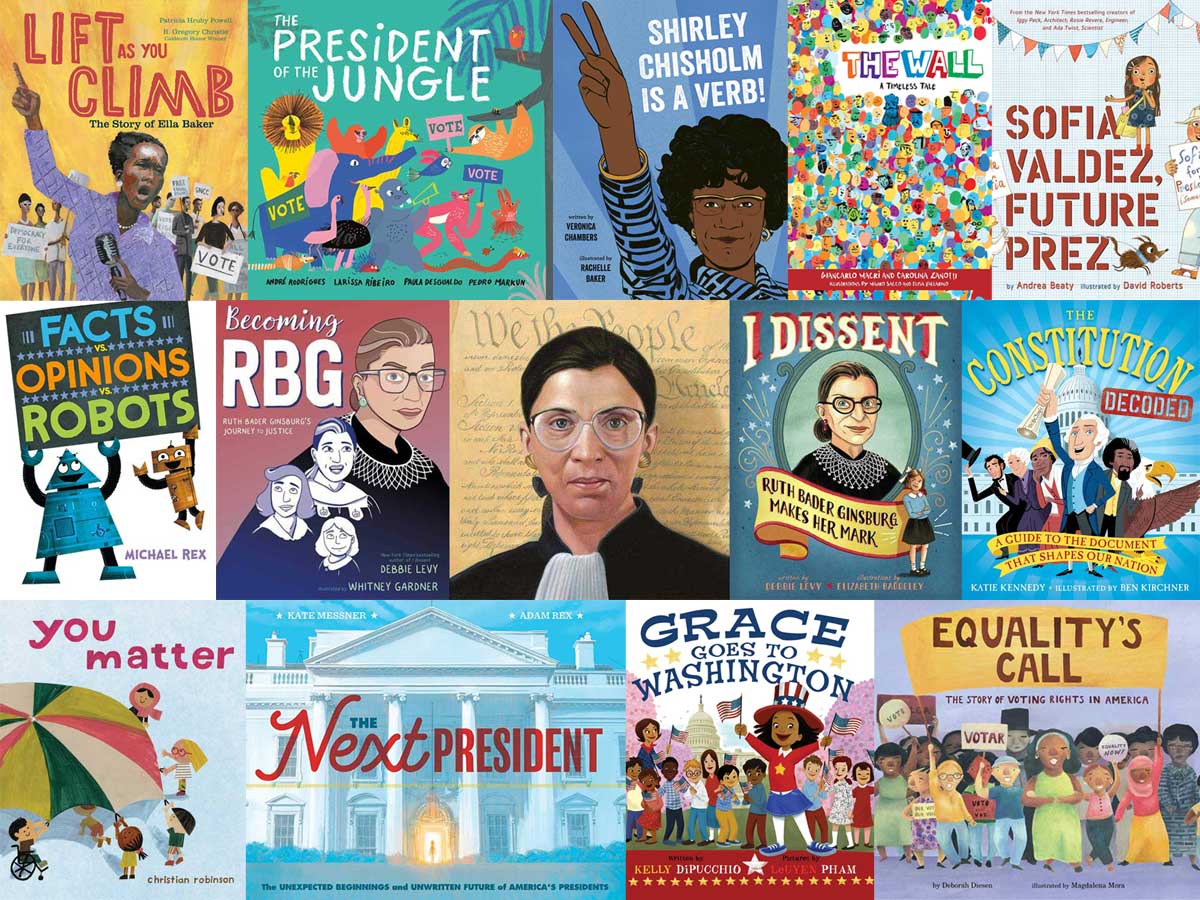


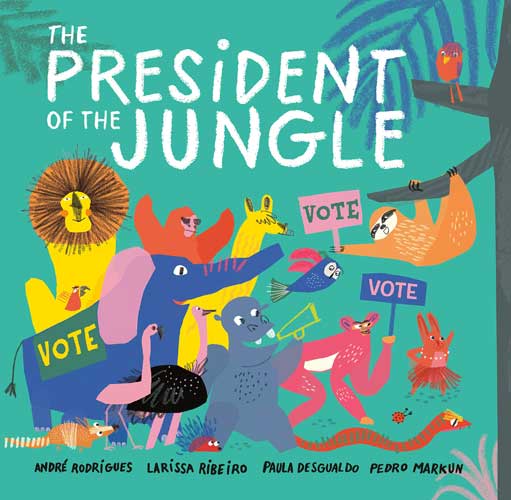

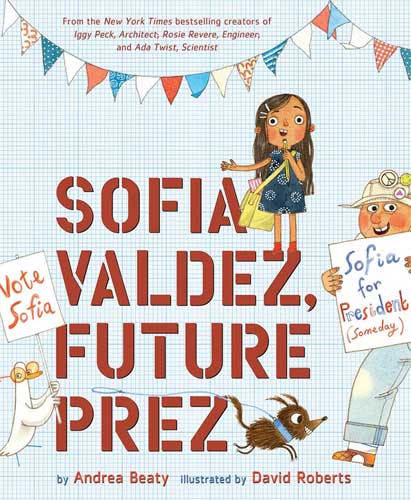

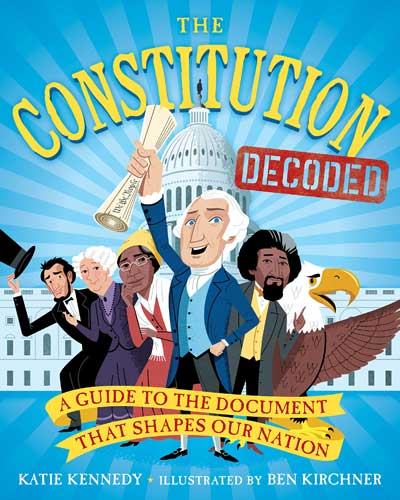

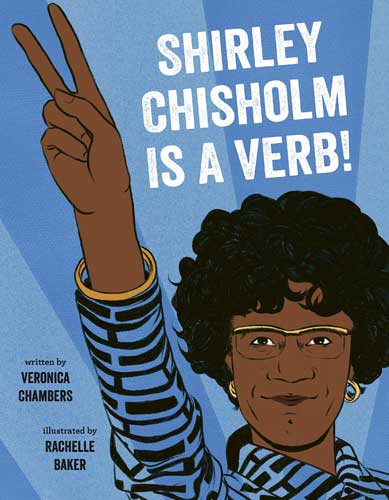

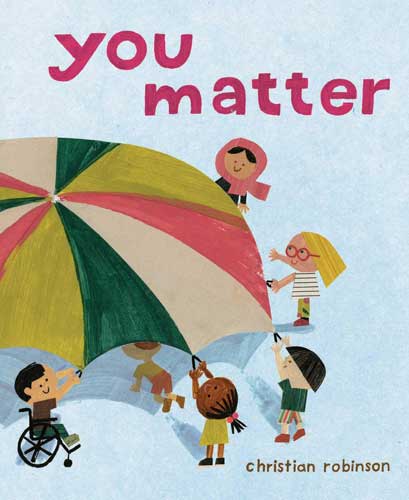




I’m starting a Courageous Conversations for Kids club at school. Using several of these books! Great Collection.